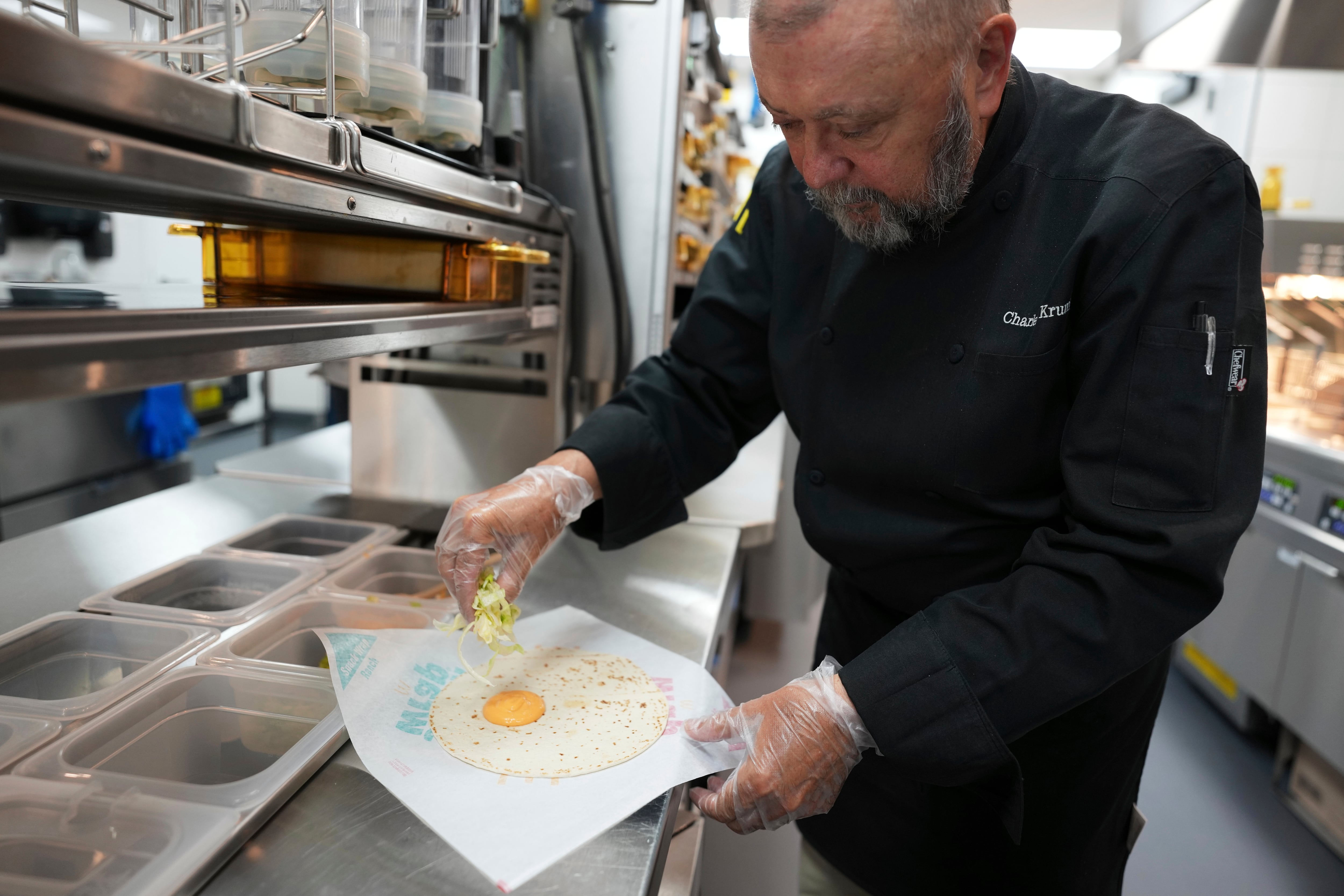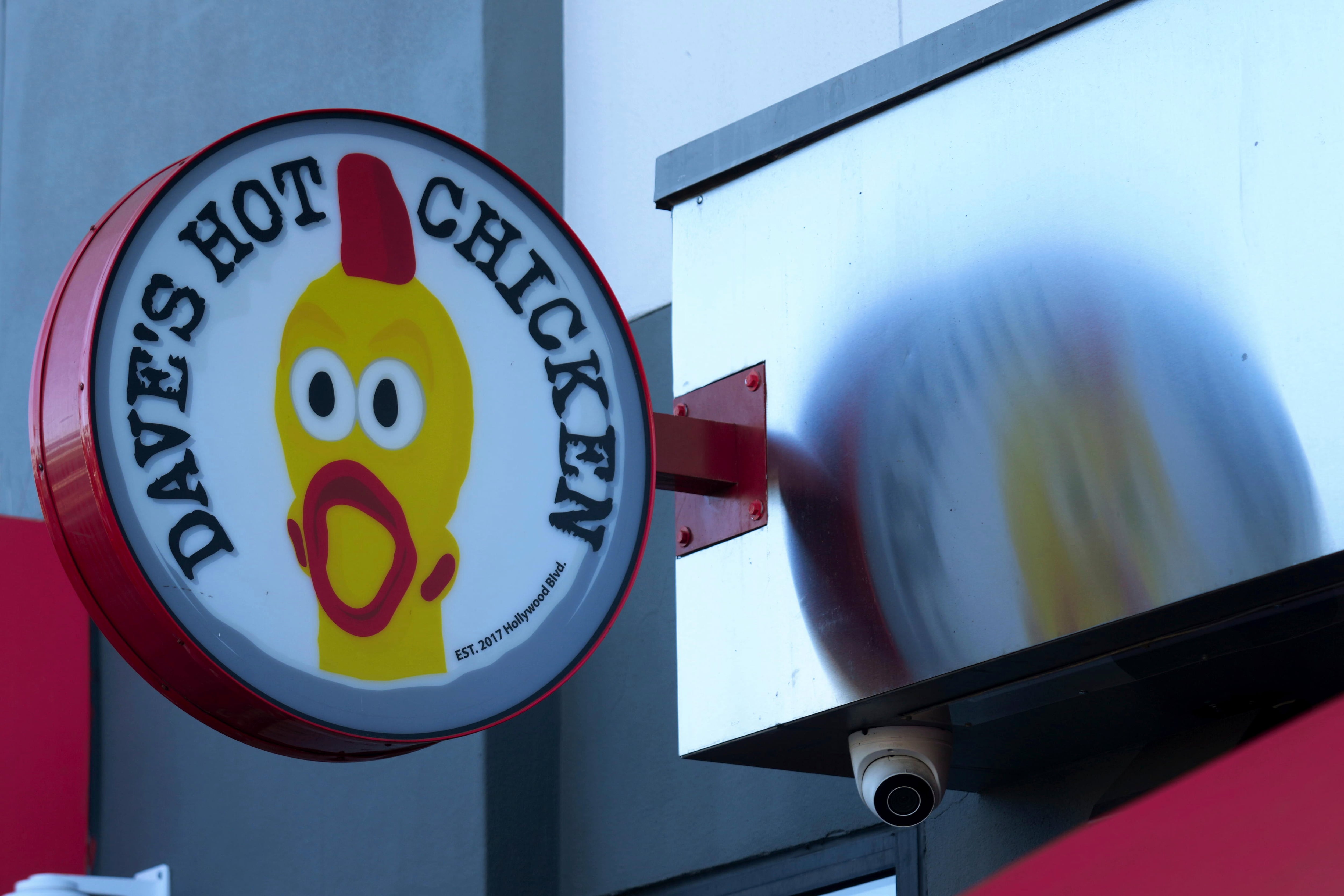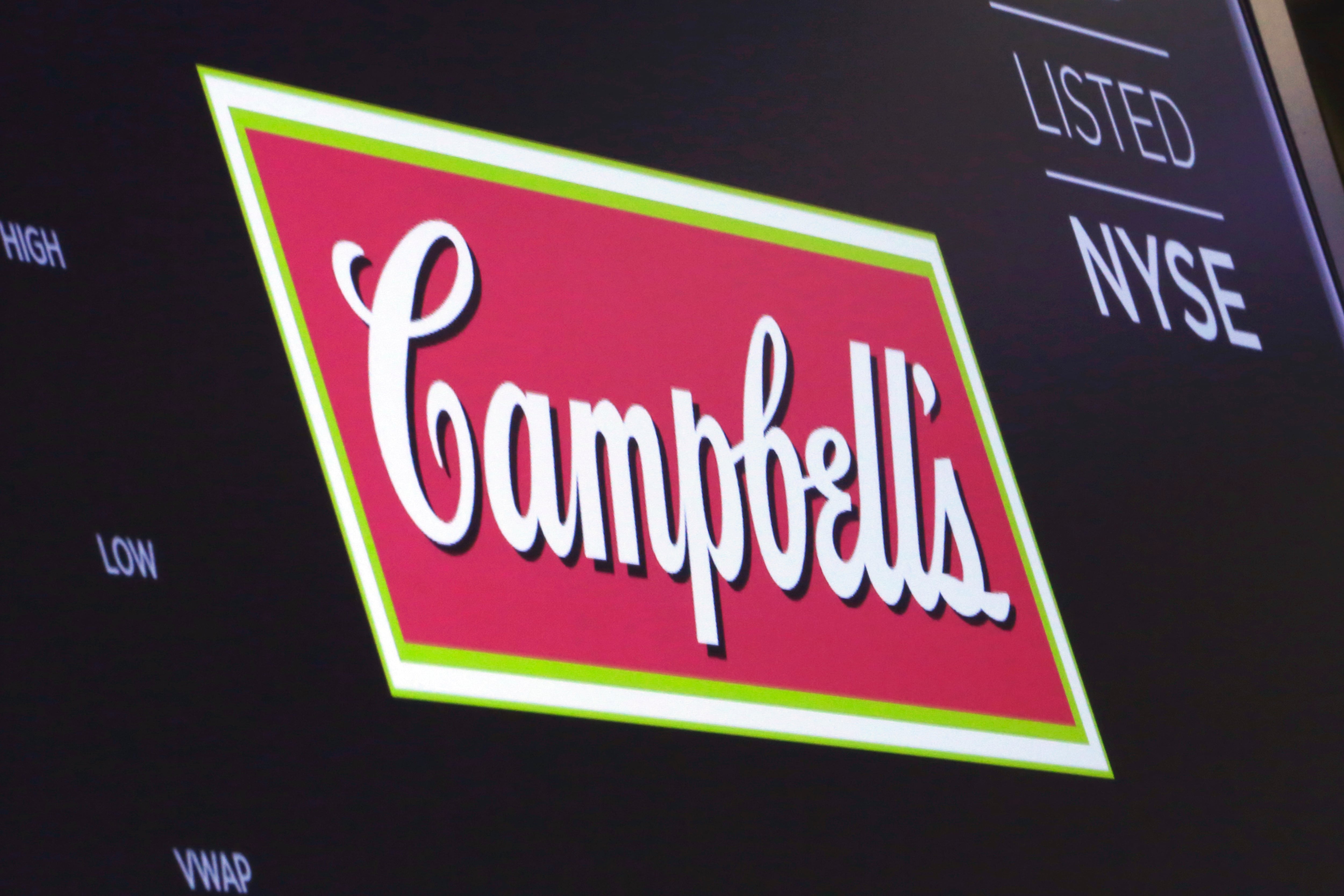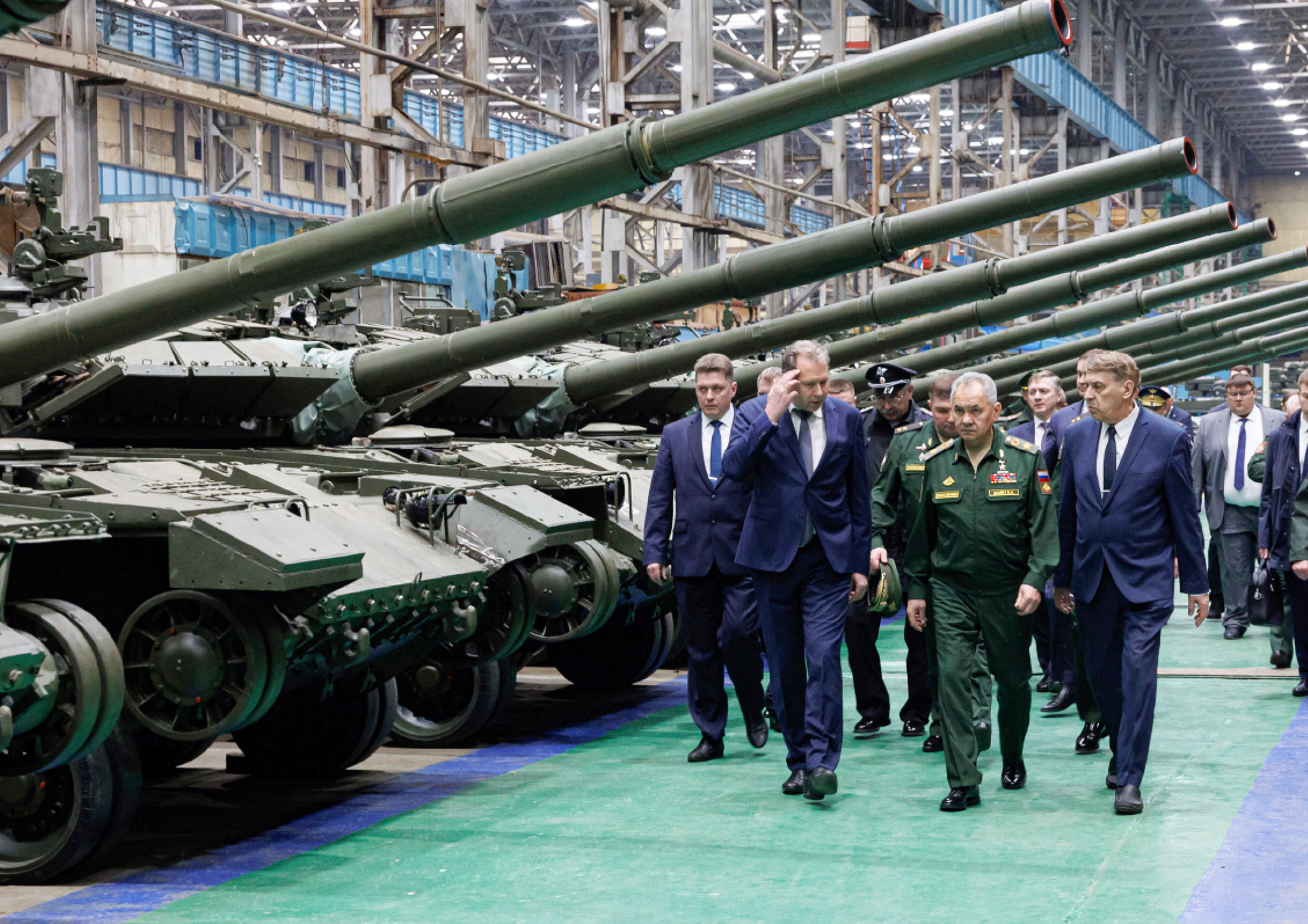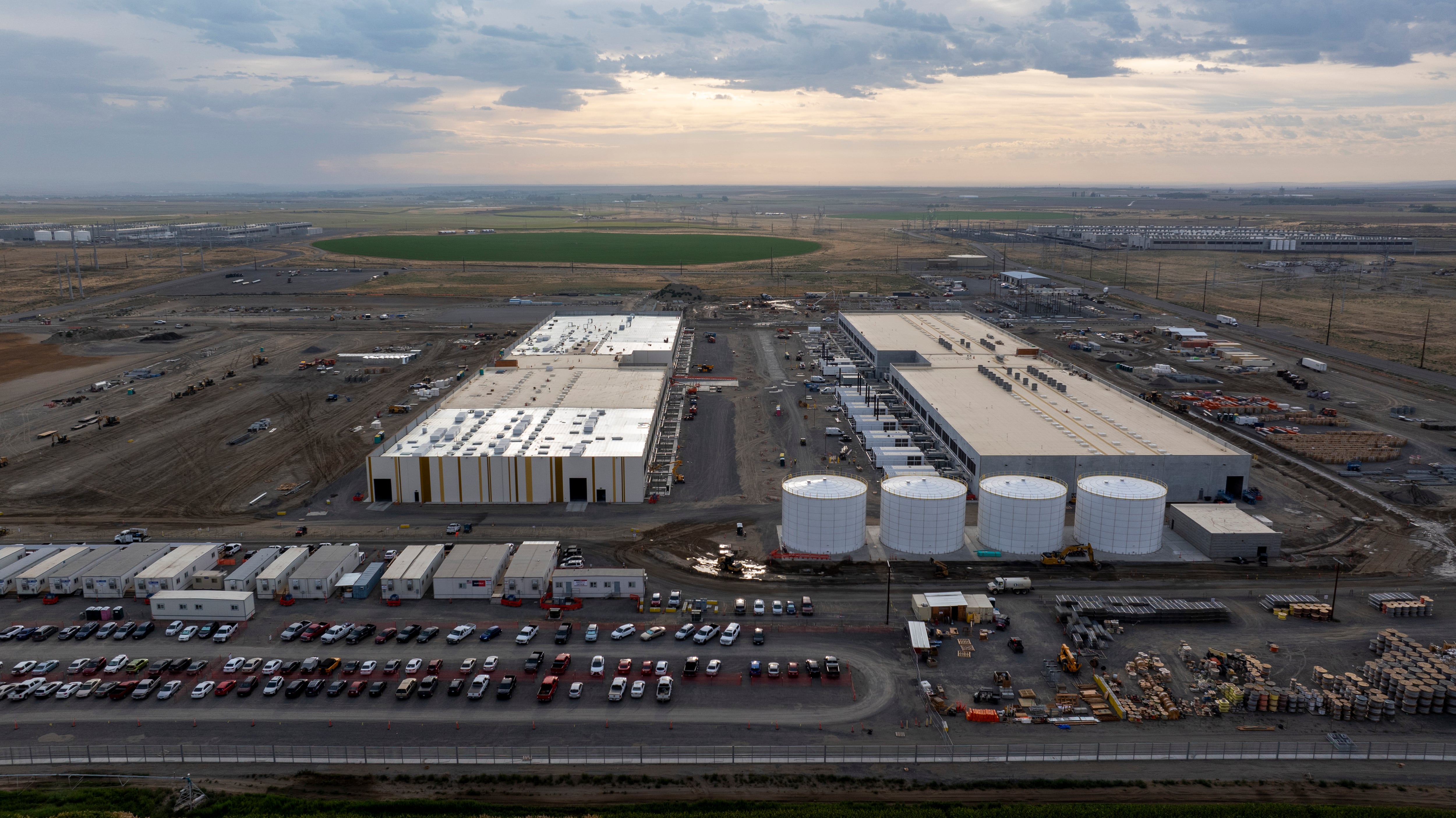After years of research and development, ADS-B or Automatic Dependent Surveillance-Broadcast is set to take over the role of the humble radar in how aircraft are tracked and detected across the globe.
At the center of this transition is the Virginia-based aircraft surveillance company Aireon, which is riding the wave of adoption into the new decade.
"[Radar] is great but it has limitations. It can physically only see a certain distance from where the radar is located," Aireon CTO Vincent Capezzuto told Cheddar.
On the ground, ADS-B technology has greater range and flexibility than radar, but it becomes even more comprehensive once plugged into a satellite network.
"You really don't have ubiquitous surveillance across the globe. That's where the satellite component of this comes in," Capezzuto said.
Starting in 2017, Aireon began working with SpaceX to launch 75 satellites equipped with the ability to receive ADS-B messages from aircraft around the world. The sensor network booted up on April 1, 2019, and Aireon has spent the last year spreading the word about the technology.
A few extra satellites will eventually launch, but other than that the network is finished. "We're done," Capezzuto said. "We can see aircraft all over the world, from pole to pole, over the oceans, all the remote areas. That's the major difference."
That means no more clunky radar dishes swiveling around to find their target.
The technology offers automatic communication between aircraft and air traffic controllers, cutting out the middle man for real-time updates on information such as altitude and velocity.
One direct benefit of ADS-B, Capezzuto said, is that planes can more easily adjust their flight path in response to bad weather or other unexpected conditions because air traffic controllers can see their exact location in real-time and give them clearance accordingly.
ADS-B has already proven useful in the aftermath of major disasters. Aireon provided precise position data on the Ukraine International Airlines jet that was shot down outside of Tehran on January 8. The company did the same for the Ethiopian 737 MAX jet that crashed last year.
Widespread adoption of ADS-B has been a long time coming, Capezzuto said. He noted that research on the technology started in the 1990s, and deployment started in the early 2000s.
Now a number of countries have set mandates for themselves to implement the technology within the next couple of years.
The next big step for Aireon is getting flight information regions (FIRS) around the world to adopt the technology over existing radar systems. So far, 15 countries have signed on, according to Capezzuto. There are also a number of pilot programs underway.
"You've heard of the word radar, which, believe it or not, is actually an acronym for radio detection and ranging. We hope to see ADS-B also be a word that becomes common vocabulary in the future," Capezzuto said.


